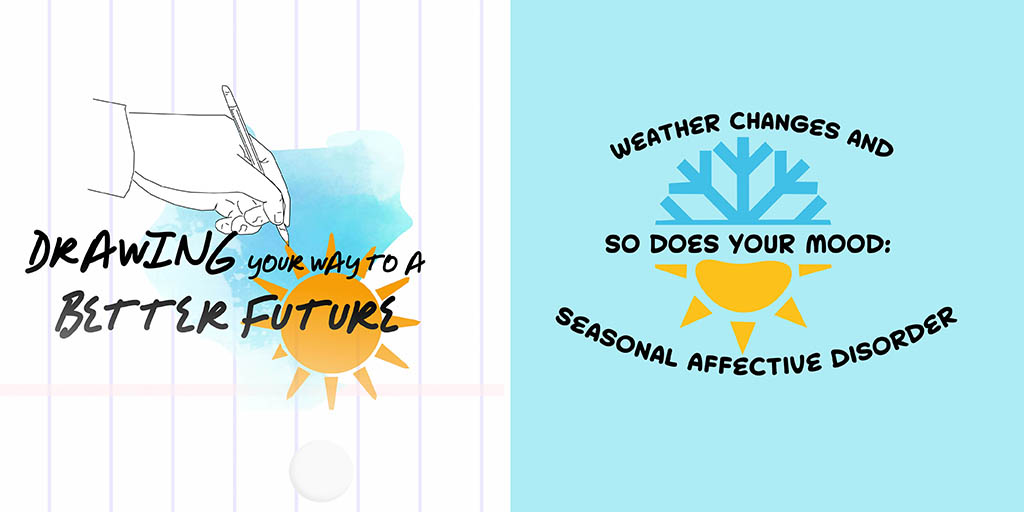Drawing your way to a better future

With the rise of adult colouring books, many people are looking at non-medicinal forms of treating mental illnesses. One of the rising methods of treatment is art therapy, which combines fine arts and counseling psychology.
Art therapy allows patients to engage with all of their senses and use art as a medium for self-exploration and self-understanding. It is not limited to any age group or gender. It challenges patients to use non-verbal communication to express their feelings and thoughts. These can be experiences stemming from trauma or cognitive issues.
“It's really for any population from the ages three to four to over 100,” Sharona Bookbinder, a registered psychotherapist and art therapist said. “Everybody has innate creativity and it's a good way to express feelings without having to say anything.”
This type of therapy does not require prior art experience. They can be conducted on a one-on-one setting or in a group. During the session, patients are encouraged to express images they visualise internally. They will use utensils such as paint, pastels, chalks, and pens to create an image.
Through creating art, therapists build relationships with patients and encourage them in on-going discussions and reflection. This helps develop a sense of selfawareness, problem solving, and managing stress.
“Children are really uninhibited, if you show them art supplies they will dive right in. But anybody old than about 17 or 18 will start to be a little more inhibited so you will have to provide a very safe and encouraging environment,” Bookbinder said.
First sessions are usually an information-sharing session, where patients go through some preliminary assessments and define “goals” with their therapist.
There are some art therapists that use artwork to do psychological assessments on their patients. These include the diagnostic drawing series, mandala assessment research instrument, house-tree-person test, and road drawing. Each of these assessments offer insight into the way that the patient perceives themselves and life around them.
Much like going to psychotherapy, some people approach it with trepidation. Bookbinder said she believes that treatment for psychological issues take longer to treat and would take up to three months of weekly one-hour sessions to start taking effect on a patient.
Bookbinder urges clients to keep all of their works of art as it is considered medical information and it's covered under the laws of Personal Health Information Protection Act (PHIPA). “If the client doesn't keep their artwork, we are obligated to keep it for 10 years after they turn 18,” Bookbinder said.
Practitioners of art therapy must have a graduate degree or master's level diploma in Art Therapy. Additionally, Canadian Art Therapy Association notes that practitioners must have completed 700 hours of supervised clinical practicum hours, where at least half of the hours involve direct client contact. Art therapy is effective for treating a variety of mental health issues: post-traumatic stress disorder (PTSD), depression, anxiety, and ADHD.
Bookbinder said she believes that art therapy “has a strong effect. It can heal and soothe. And it works in holistic ways”. She believes that at times “it can be use instead of medication for pain management or in tandem with other treatment to heighten the effects of healing”.














